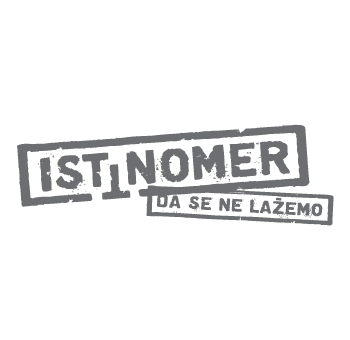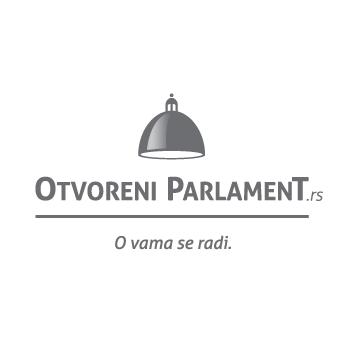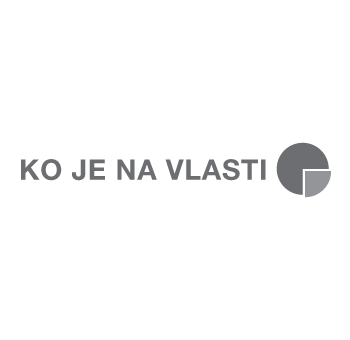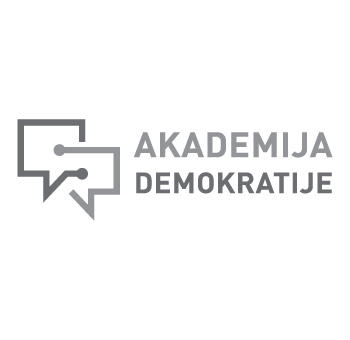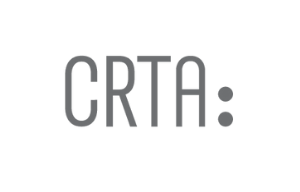Crta’s Program Director speech on 2022 elections in Serbia during the meeting of the European Parliament’s Serbia Delegation
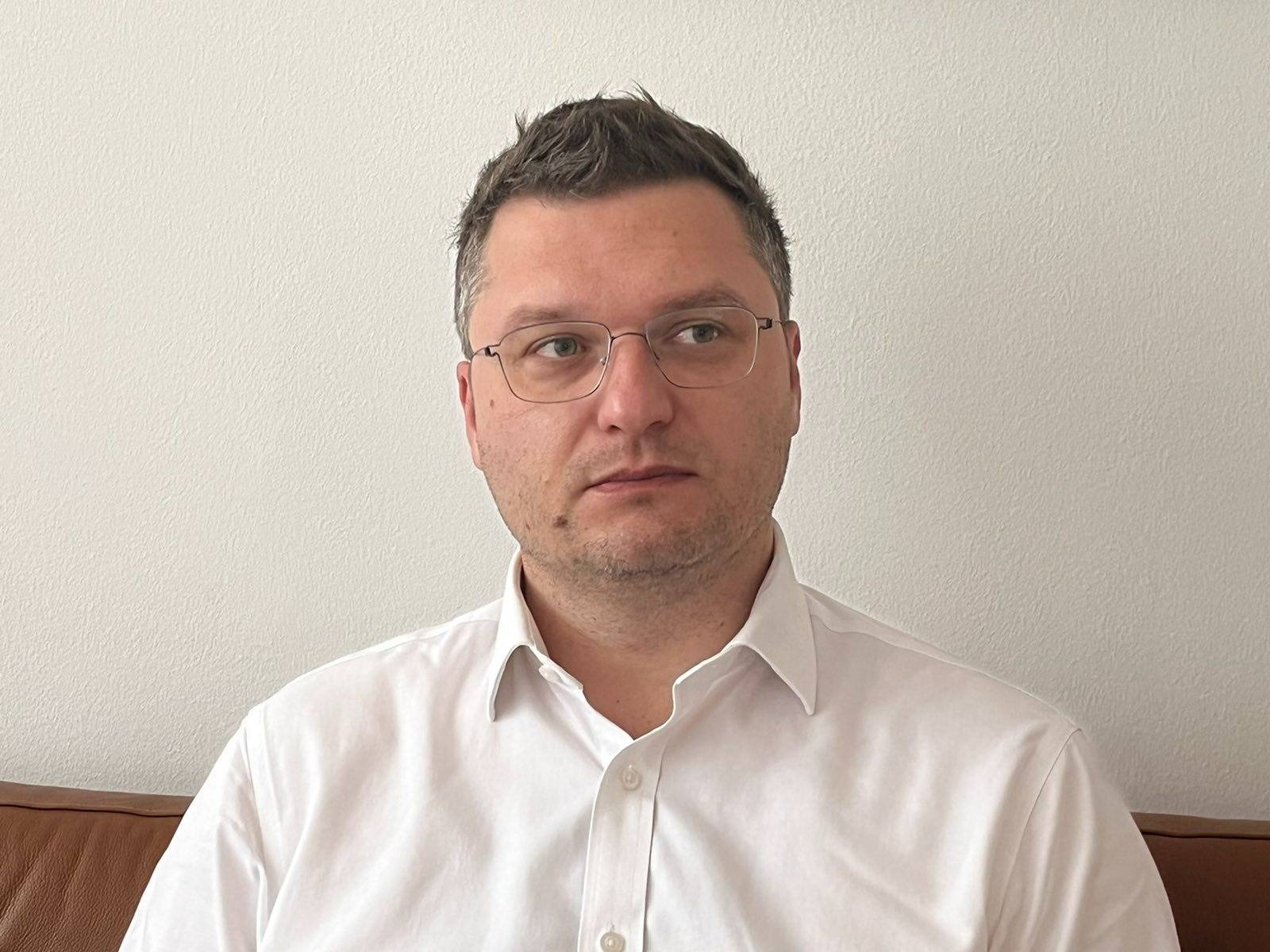
Full speech of Rasa Nedeljkov, Crta Program Director and Chief of the Crta’s Election Observation Mission:
On behalf of CRTA, I would like to thank you for the opportunity to address the Delegation.
2022 Elections will take place in the shadow of the Russian invasion of Ukraine. Serbian authorities’ hesitation to fully align with the EU foreign policy is an outcome of a long-trend Russian political and economic influence and Serbian energy dependency from Russia. The context of war and lack of straightforward policies may intensify tensions in the ongoing election campaign. Pro-regime media are exploiting the war to glorify Russia and create new narratives that the president is heroically resisting pressures in securing Serbian independence.
The election campaign in Serbia started with diversity in the election offer but in less favorable conditions for parties that do not constitute the ruling majority.
All of this is reflected in:
- substantial misuse of institutional advantages by the ruling majority to impose itself to voters and build a negative image of their political opponents,
- significant media reporting in favor of the ruling majority,
- sophisticated methods of pressure on voters,
- clientelistic methods which state institutions and ruling political parties are employing to garner voters’ support, and, finally,
- increasing social tensions and distrust between ruling parties and opposition reflected in their clashing narratives of state enemies and anticipated electoral fraud.
Instead of leveling the playing field for all election contestants and responding to these challenges, institutions remain silent. Institutions – from Parliament to the Government, the Regulatory Authority for Electronic Media, and the Anti-Corruption Agency – consciously remain complicit in creating a false impression of the quality of electoral conditions. Rather, they were strategically used by state officials as a channel for creating an advantage for the ruling majority and Serbian President, spreading narratives against opposition and critical voices.
The abuse of institutional advantages enjoyed by the ruling majority has got a clientelistic shape through the official policy of intensive one-off programs of financial aid for citizens, contributing to the overall erasure of the line between the state and the political party ahead of the elections.
CRTA’s media monitoring reveals a chronic lack of political pluralism in the most-consumed media and biased reporting on the ruling majority. Between October and February, the media allocated 85 percent of total time to representatives of ruling parties. In comparison to 2020, media reporting on the opposition is even less.
The significant coverage of the President in the programs of all television channels with national coverage is an essential feature of the months before the elections. CRTA’s media monitoring team noted that the President had received 40 percent of the time in four months. Anecdotal illustration of the media landscape is reflected in the fact that in the past 13 months, national televisions live broadcasted events at which the President spoke – on a daily basis.
Overall, the results of the inter-party dialogue on election conditions demonstrate that the burning problems which create inequality between election participants and citizens’ distrust in the elections were not mitigated before the start of the campaign. The attempt to influence the uneven media representation by introducing the Temporary Supervisory Body did not eliminate political bias in the work of the Media Regulator. Its first results in monitoring pluralism in the media are questionable in completeness and accuracy due to a flawed monitoring methodology. In addition, a dispute about the Voter Registry is again open in public by several opposition parties, deepening citizen distrust in elections.
According to CRTA’s opinion poll from the last month, two in three citizens think that there were irregularities in the past elections. An atmosphere of distrust is likely to evolve, especially when an adequate and transparent institutional reaction is missing.
CRTA’s findings also reveal that political clientelism is among the core strategies political parties in Serbia use – dominantly the ruling ones. CRTA also recognized a set of sophisticated mechanisms of pressuring and intimidating citizens, while as much as 41% of voters from CRTA’s poll expect coercion and intimidation in the next elections.
Although there is hope for democracy, as 60% of citizens still favor it, there are several developments that could become a turning point for Serbia’s EU future: 1) the doubled number of citizens who would feel worried if Serbia would join the EU, primarily within ranks of the ruling party supporters 2) the war in Ukraine and Serbia’s positioning in international relations, and 3) developing anti-democratic narratives in the pre-election period.
To conclude, lack of strategic vision, confusion about the future path of Serbia, and extreme state capture turns out to be too complex problems with a very long history, to be even slightly repaired with the upcoming elections.
